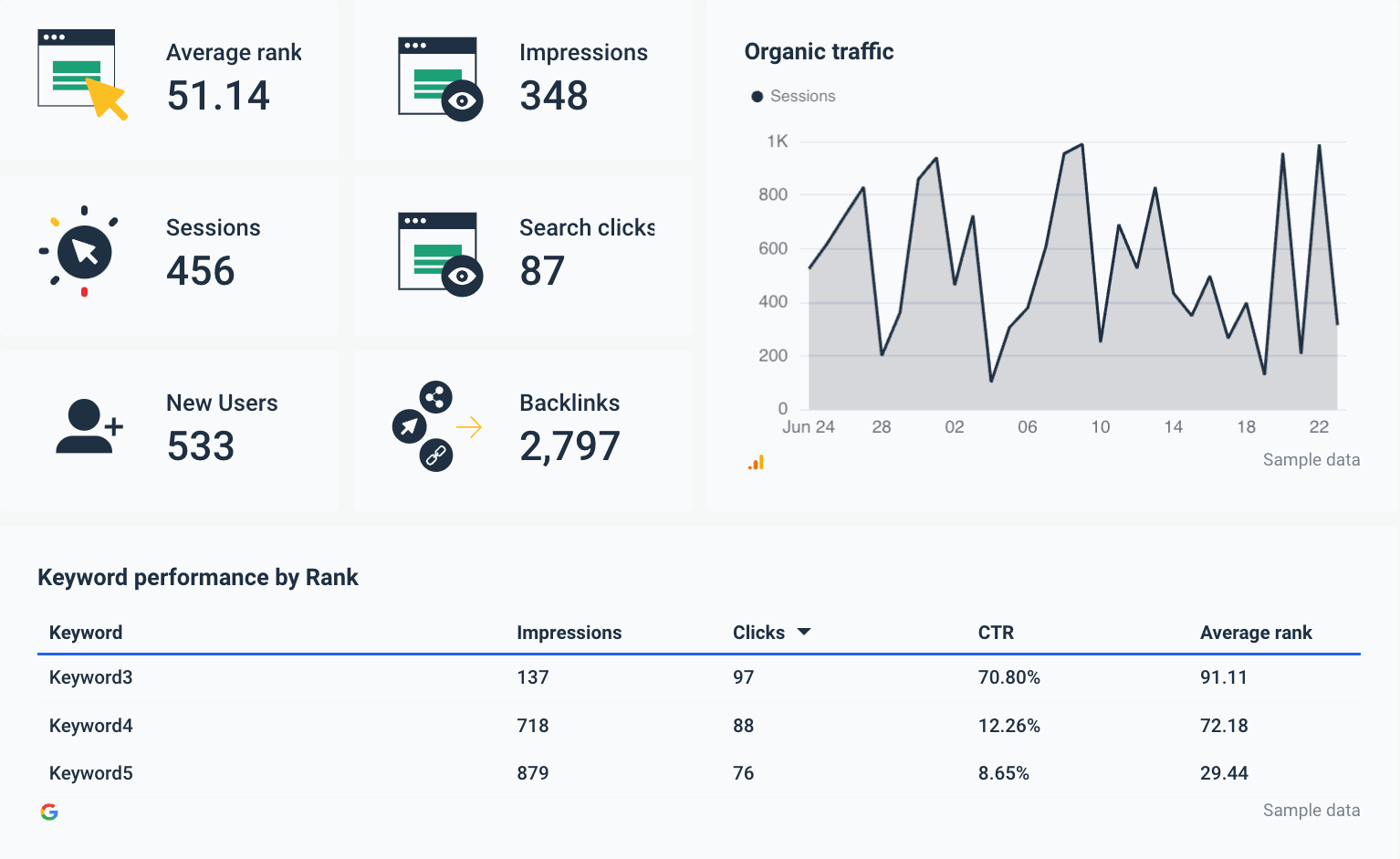Tracking key website metrics is crucial for understanding how your site is performing and identifying areas that need improvement. Whether you’re running a business in Melbourne, Australia or managing an international e-commerce platform, keeping an eye on performance indicators helps you make data-driven decisions. This blog will guide you through the process of tracking essential metrics, why they matter, and how they contribute to your website’s growth.
Why Tracking Website Metrics Is Essential
In today’s competitive digital world, launching a website is just the beginning. To ensure your site is doing its job—whether that’s generating leads, sales, or building a brand—you need to continuously monitor how it performs. By tracking the right data, businesses in Melbourne and beyond can better understand user behavior, optimize user experience, and ultimately improve conversion rates. Failing to measure performance leaves you in the dark and makes it impossible to improve what you don’t track.
Most successful businesses in Australia use tools like Google Analytics to monitor traffic sources, bounce rates, user flow, and conversion paths. These insights are vital to adjust your strategy and ensure your website design and content align with user expectations. Knowing what content engages your audience, where they drop off, and which channels bring the best traffic allows you to spend your marketing budget wisely and improve ROI.
Understanding website performance metrics can also help diagnose issues before they become costly problems. For instance, a sudden spike in bounce rate might indicate a technical issue or that a recent update didn't sit well with users. Without tracking, you might never know—and continue losing customers.
Let’s break down the most important metrics you should be tracking regularly, how to interpret them, and what tools can help you get the most accurate results.
1. Website Traffic and Traffic Sources
Tracking your website traffic helps you understand how many visitors are reaching your site and from where. Whether traffic is coming from organic search, paid ads, social media, or referral links, knowing your top traffic sources helps shape your marketing focus. For example, if a significant portion of users are coming from social media, consider doubling down on that strategy. If organic search traffic is low, invest more in SEO Services Melbourne.
2. Bounce Rate and Average Session Duration
The bounce rate tells you how many users land on your site and leave without interacting with any other page. A high bounce rate could indicate that your landing pages are not engaging or relevant to the search query. On the other hand, average session duration measures how long visitors stay on your site. This metric gives insights into content quality, readability, and user engagement.
3. Conversion Rate
Conversion rate is the percentage of visitors who complete a desired action—making a purchase, filling out a contact form, subscribing to a newsletter, etc. This metric directly reflects how well your site converts traffic into real value. High traffic means nothing if your site isn’t converting. Tools like Google Analytics and Hotjar can help track user behavior and optimize CTAs, layout, and flow.
4. Page Load Speed
Page speed is a performance metric that directly impacts bounce rate and user satisfaction. Sites that load slowly tend to frustrate users and drive them away before they even see your content. Optimizing image sizes, reducing code bloat, and using caching plugins can drastically improve performance. Especially in Melbourne’s competitive digital marketing space, speed plays a major role in both UX and SEO.
5. Mobile Responsiveness
With most users browsing on mobile devices, your website needs to be responsive across all screen sizes. Track user behavior on different devices and ensure that mobile users aren’t bouncing more than desktop users. If they are, you may need to rethink your mobile design or improve loading times.
6. Goal Tracking in Google Analytics
Setting up and monitoring goals in Google Analytics allows you to track specific actions, like downloads, signups, or purchases. By linking goals to your business objectives, you can measure the effectiveness of marketing campaigns, landing pages, and user flows.
7. Customer Engagement Metrics
Metrics like pages per session, returning visitors, scroll depth, and time on page help you understand how users interact with your content. More engaged users are more likely to convert, so it’s important to track these regularly and improve content to boost engagement.
Tools to Help You Measure Website Performance
Some of the most widely used tools to measure website metrics include:
- Google Analytics – Comprehensive tracking of user behavior, traffic, and conversions.
- Google Search Console – Insights into how your site appears in search and indexing issues.
- Hotjar – Heatmaps and user behavior recordings.
- SEMrush or Ahrefs – SEO performance tracking and keyword analysis.
- PageSpeed Insights – Google’s tool for analyzing and improving load time.
Final Thoughts
If you're serious about growing your business online, tracking your site’s performance isn't optional—it’s essential. For businesses in Melbourne and across Australia, understanding your site’s metrics helps you stay ahead of the competition, refine your strategy, and provide a better user experience. With tools like Google Analytics, Hotjar, and SEMrush, you can collect meaningful data and turn insights into actions that improve engagement, reduce bounce rates, and increase conversions.
If you need expert help tracking and improving your website’s performance, contact our team at Multidice. We offer data-driven website performance solutions, tailored to suit your business goals in Melbourne.
Contact Us
Email: ash@multidice.com.au
Phone: +61 481 834 691
Address: Melbourne, Australia


